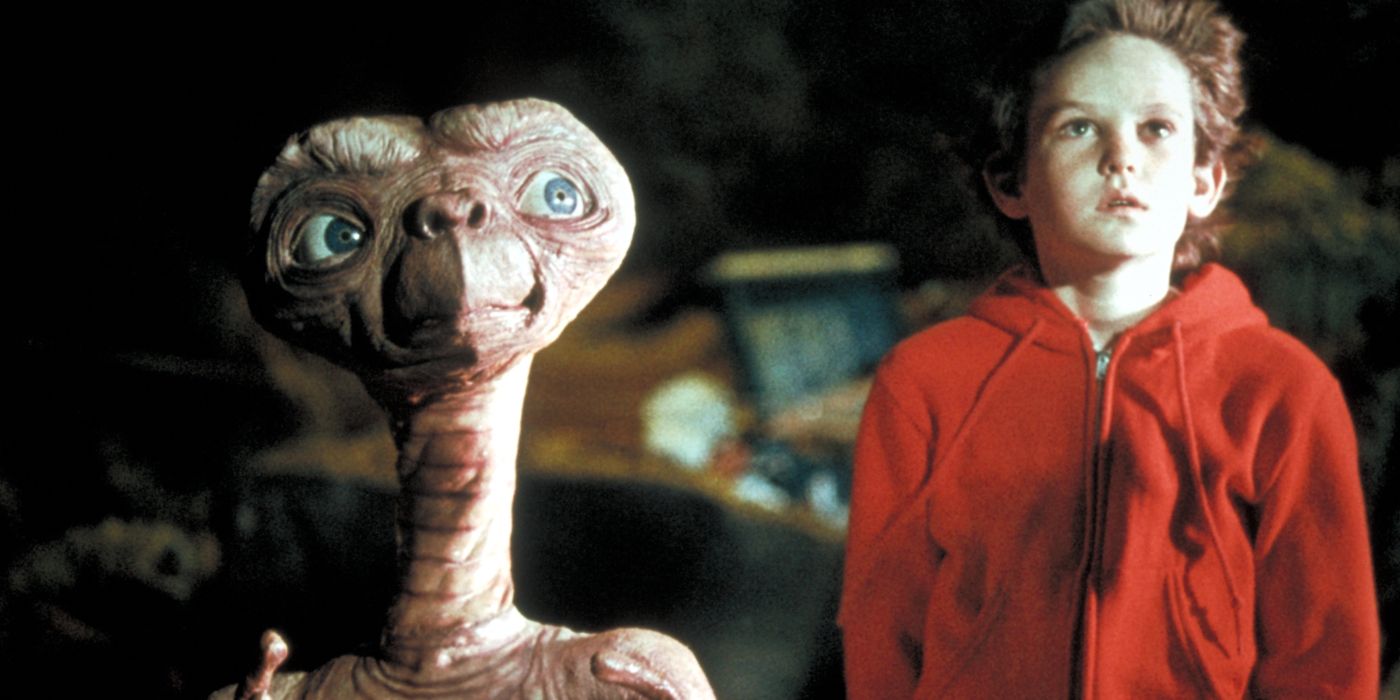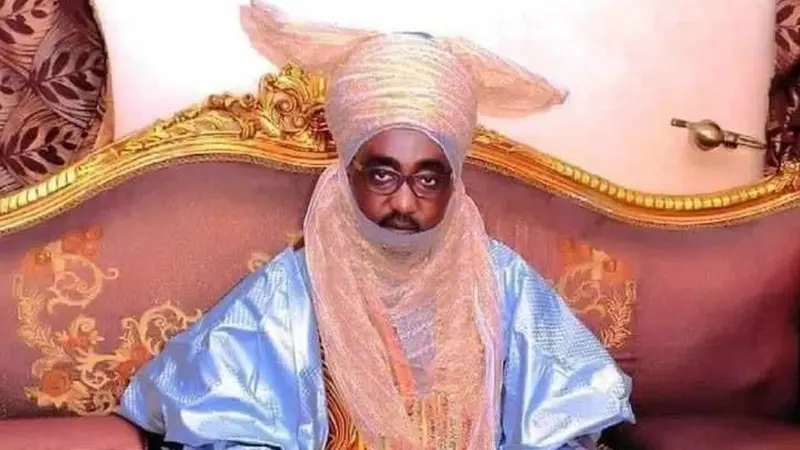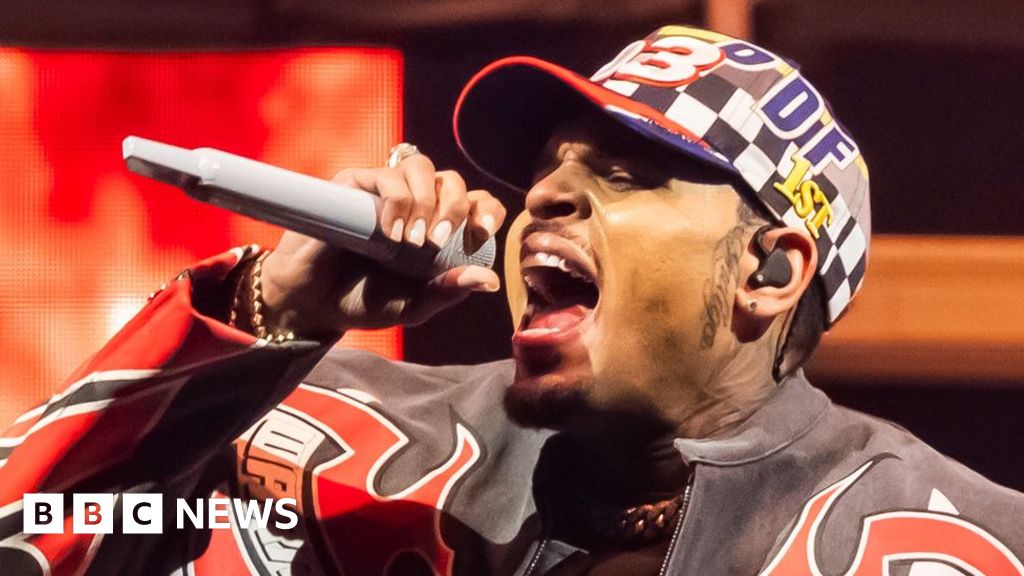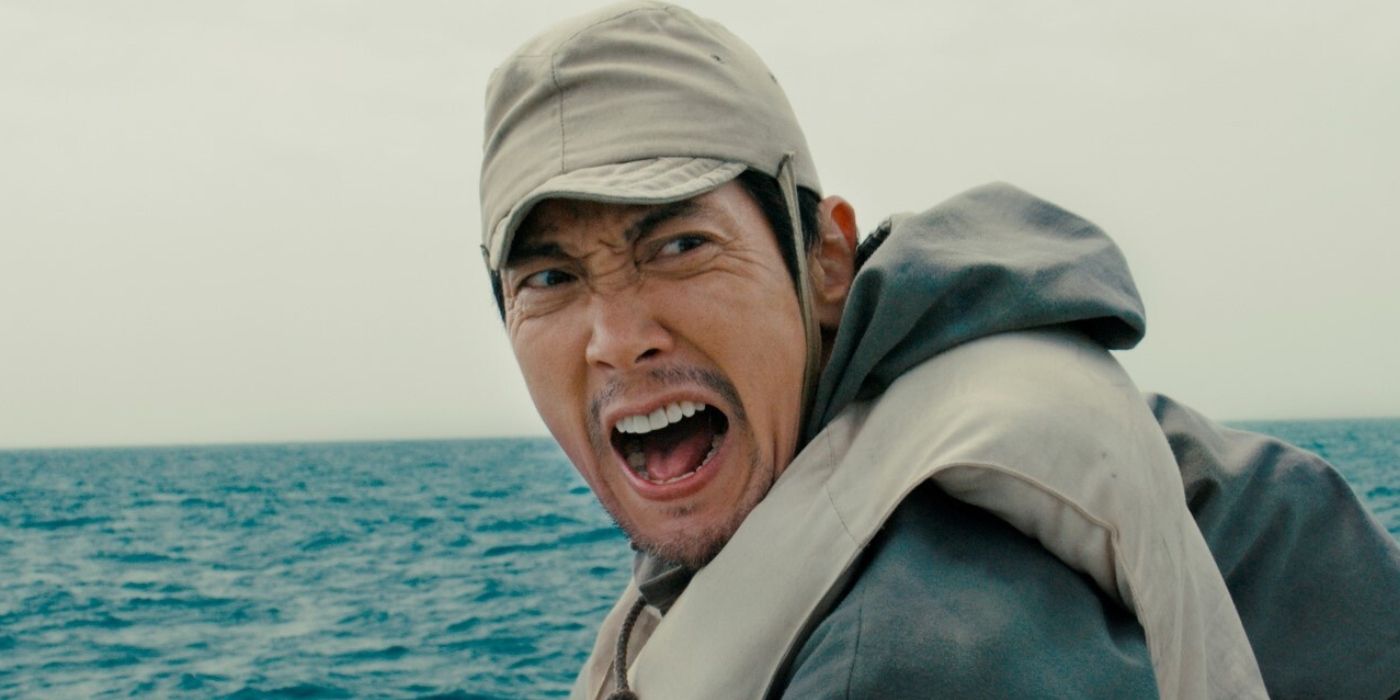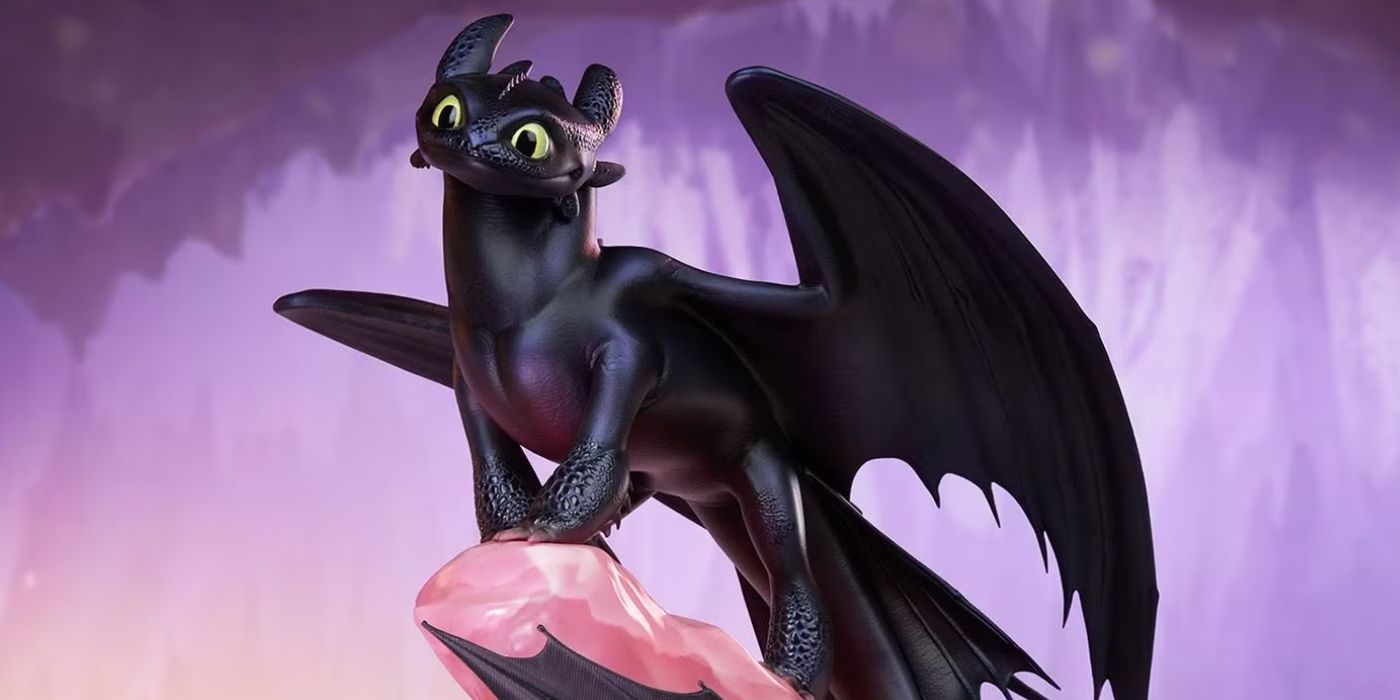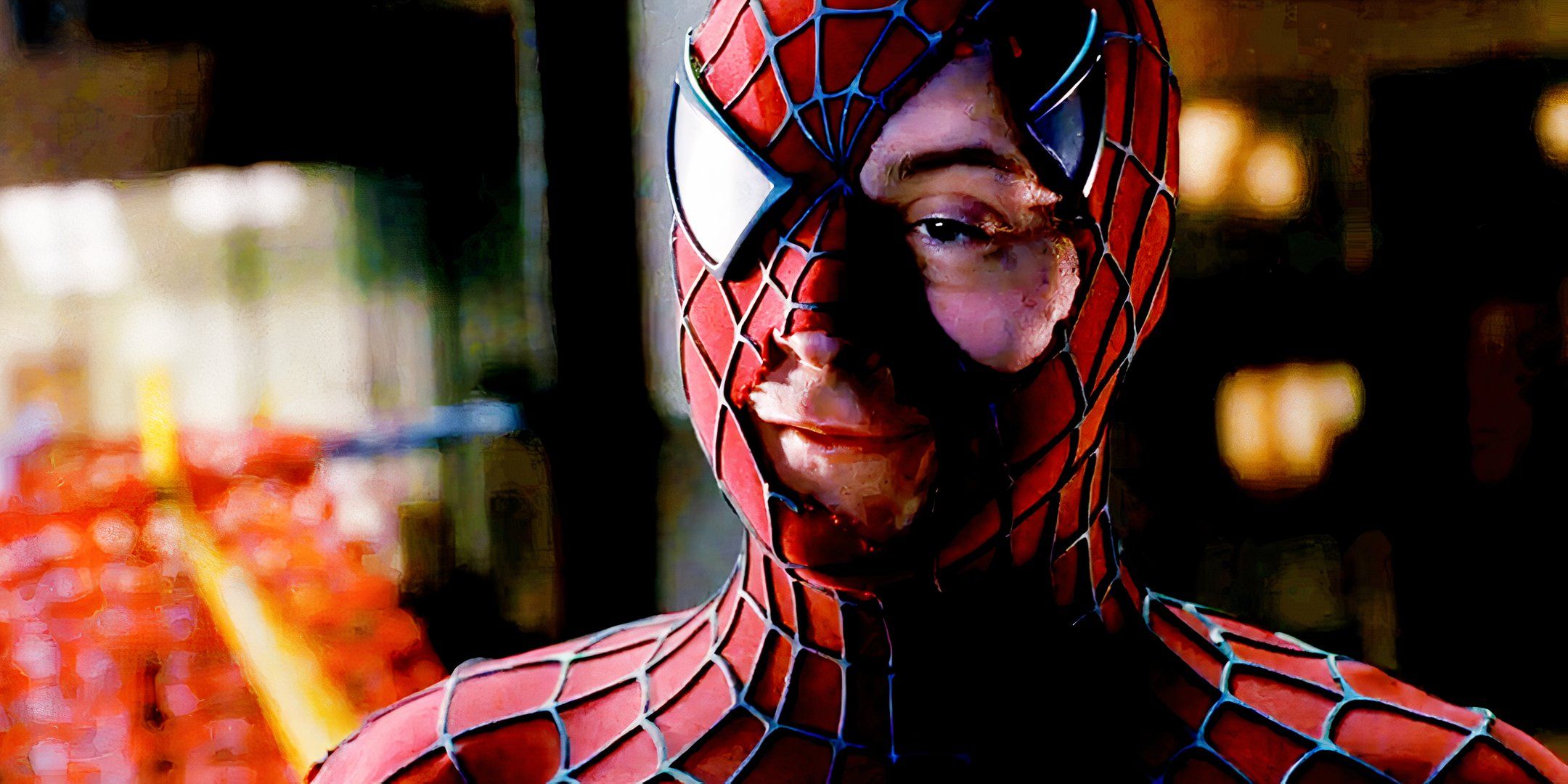When was released in 1982, director openly acknowledged that the film was inspired by the lingering trauma he felt from his parents’ divorce, a subject that he later addressed directly in the semi-autobiographical 2022 coming-of-age drama film The Fabelmans. However, Spielberg was also greatly influenced by Disney’s experimental and visionary 1940 animated musical anthology film , from which much of the tone and visual style of E.T. was derived.
If The Fabelmans supplanted E.T. as being Spielberg’s most intensely personal film, E.T. and Fantasia collectively embody the essence of who he is as a filmmaker and a man more clearly than any other film in his career. Indeed, just as Fantasia instilled in Spielberg his trademark sense of fantasy and wonder, Spielberg has credited E.T. as being the film that made him want to be a father.
. As a frightened E.T. flees from a group of United States government agents, the black-blue color palette of Fantasia takes prominence for establishing the adjacent suburban neighborhood in which E.T. seeks refuge as a particularly inviting and mysterious place to be at night, as opposed to the relatively bland-looking daytime world.
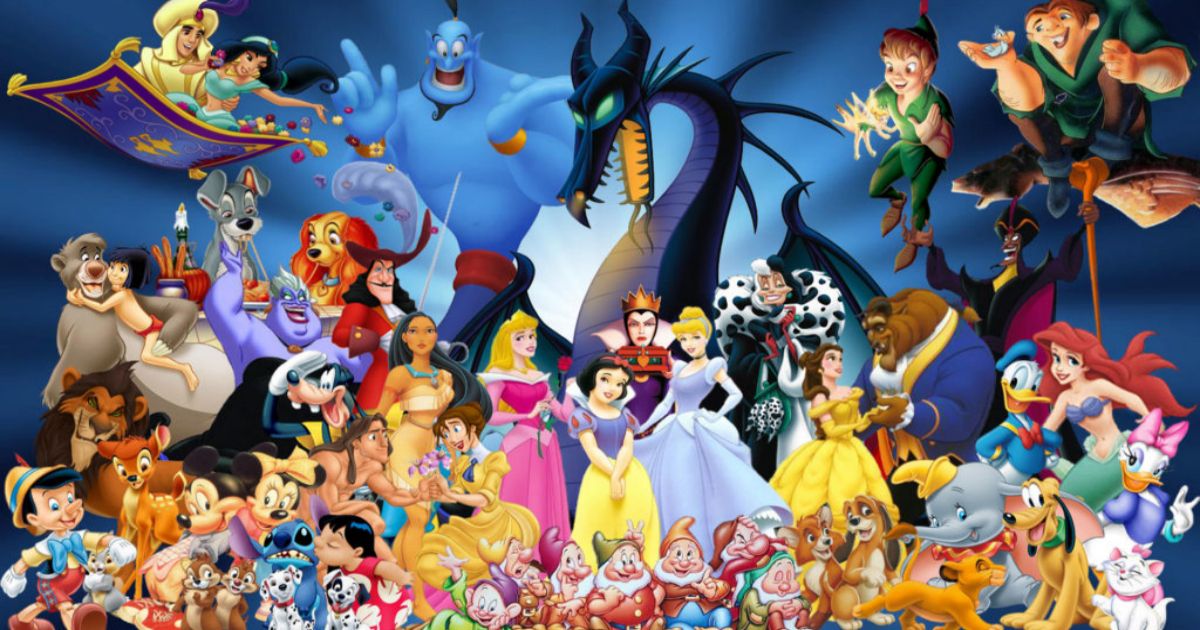
Related
Best Animated Disney Movies From Each Decade
Disney movies have a magical feeling like no other, though they've changed a lot over the years. Here are the best animated movies of each decade.
In a 1982 interview with Rolling Stone, Spielberg talked about the influence that Fantasia had on him as a child, as well as with his direction of the opening scene of E.T. Spielberg said:
“Remember, in Fantasia, Mother Night flying over with her cape, covering a daylight sky? I used to think, when I was a kid, that that’s what night really looked like. The Disney Mother Night was a beautiful woman with flowing, blue-black hair, and arms extended outward, twenty miles in either direction. Behind her was a very inviting cloak. She came from the horizon in an arc and swept over you until everything was a blue-black dome. Then there was an explosion, and the stars were suddenly made in this kind of animated sky. I wanted the opening of E.T. to be that kind of Mother Night.”
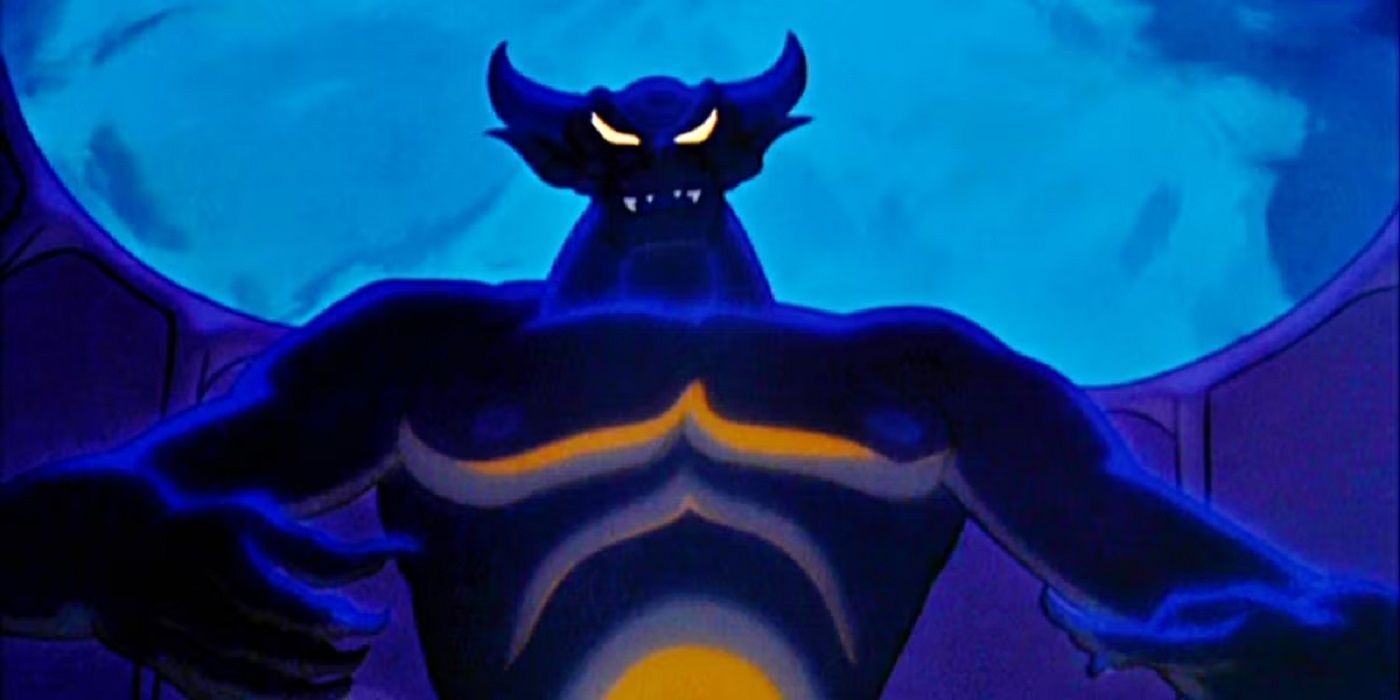
Fantasia originated as a bold attempt by Walt Disney to revolutionize Disney animation by connecting animated segments to pieces of classical music. Nearly 85 years after its original release, Fantasia remains one of the greatest animated films of all time, as well as one of the greatest American films in history. The legacy of Fantasia is evident throughout the career of Steven Spielberg, who has consistently listed Fantasia as one of his favorite films of all time.
. The nighttime in E.T. is a distinctly dreamlike and fantastical world that serves as the perfect backdrop for the deepening emotional connection between the human protagonist, Elliott Taylor, and the extraterrestrial E.T.
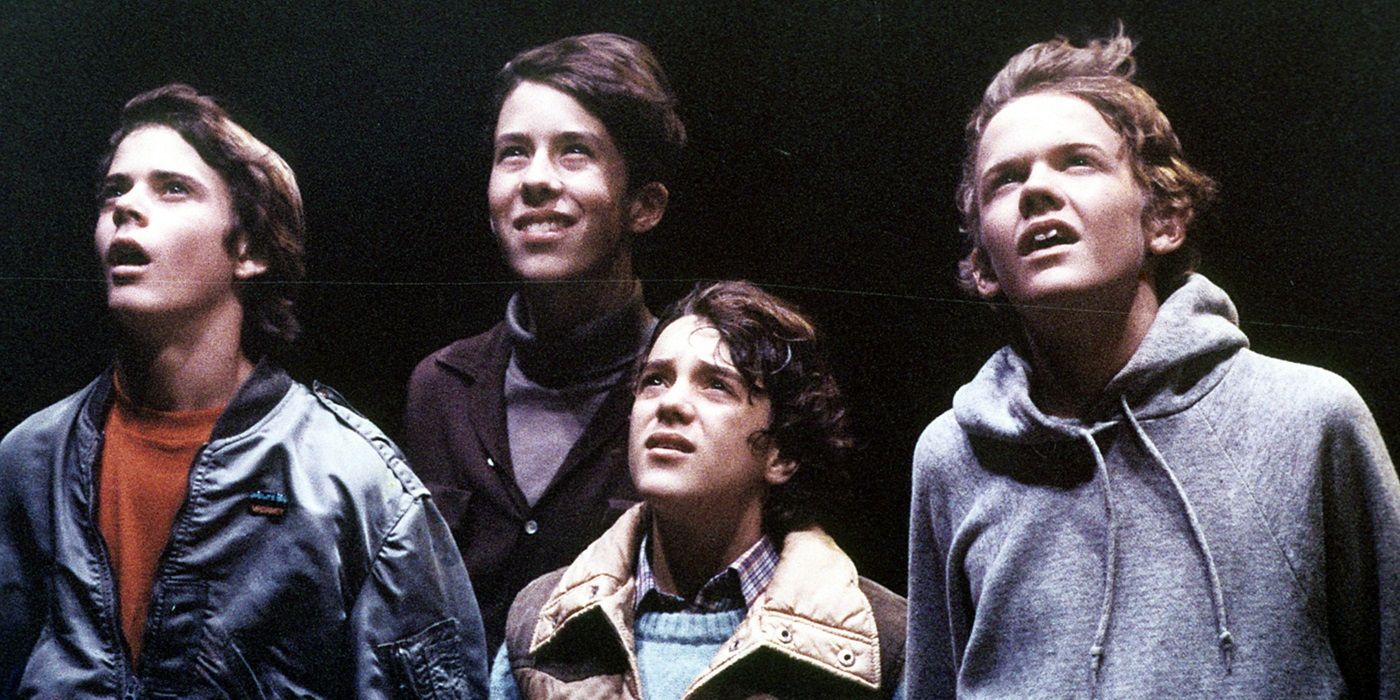
Related
Steven Spielberg Recalls His Battle to Stop Iconic '80s Movie Getting a Sequel
The iconic director has made very few sequels and has now revealed how he prevented one follow-up from being made.
The extent to which the black-blue look in E.T. achieves a sense of fantasy is perhaps most amplified in the iconic Halloween-night bicycle-riding scene in which Elliott and E.T. seemingly glide across the face of a bright moon. However, while the black-blue look has a decidedly soothing effect in E.T., the otherworldly aesthetic also highlights the painful daytime reality that Elliott must eventually accept, namely, having to let E.T. go.
While Fantasia is just one of several Disney films through which Spielberg learned as a child about the importance of creating the dual effect of terror and triumph for audiences, . Fantasia is indirectly responsible for Spielberg’s enduring relationship with composer John Williams, whose memorable musical themes have consistently embodied the emotional resonance of Spielberg’s films over a span of more than 50 years.
As most of the iconic scenes from Spielberg’s career are as memorable for their music as their action and dialogue, as evidenced by E.T., this is a further testament to the influence of Fantasia and the strong emotional impact that’s generated by its incomparable blend of animation and classical music.

Steven Spielberg has listed many directors as influences throughout his career, such as the legendary John Ford, whose meeting with a teenage Spielberg is immortalized in one of the most memorable scenes in The Fabelmans. However, no creative visionary has influenced his career as powerfully as Walt Disney. While the concept for E.T. was inspired by an “imaginary friend” character whom a teenage Spielberg developed to fill the emotional void left by his parents’ divorce, , most notably with the importance of overcoming fear.
Unlike Ford, Spielberg never met Disney, who died in 1966. However, Disney’s legacy is arguably more visible throughout Spielberg’s career than any other live-action filmmaker in history. His first professional collaboration with the Disney brand came when he served as an executive producer on the 1988 fantasy comedy film Who Framed Roger Rabbit. Spielberg made his feature directorial outing for Walt Disney Pictures with the 2016 fantasy adventure film The BFG, which, like E.T., features an unlikely friendship between a child and a creature while evoking the same sense of awe and imagination that the now 78-year-old Spielberg discovered as a child with Fantasia. ..
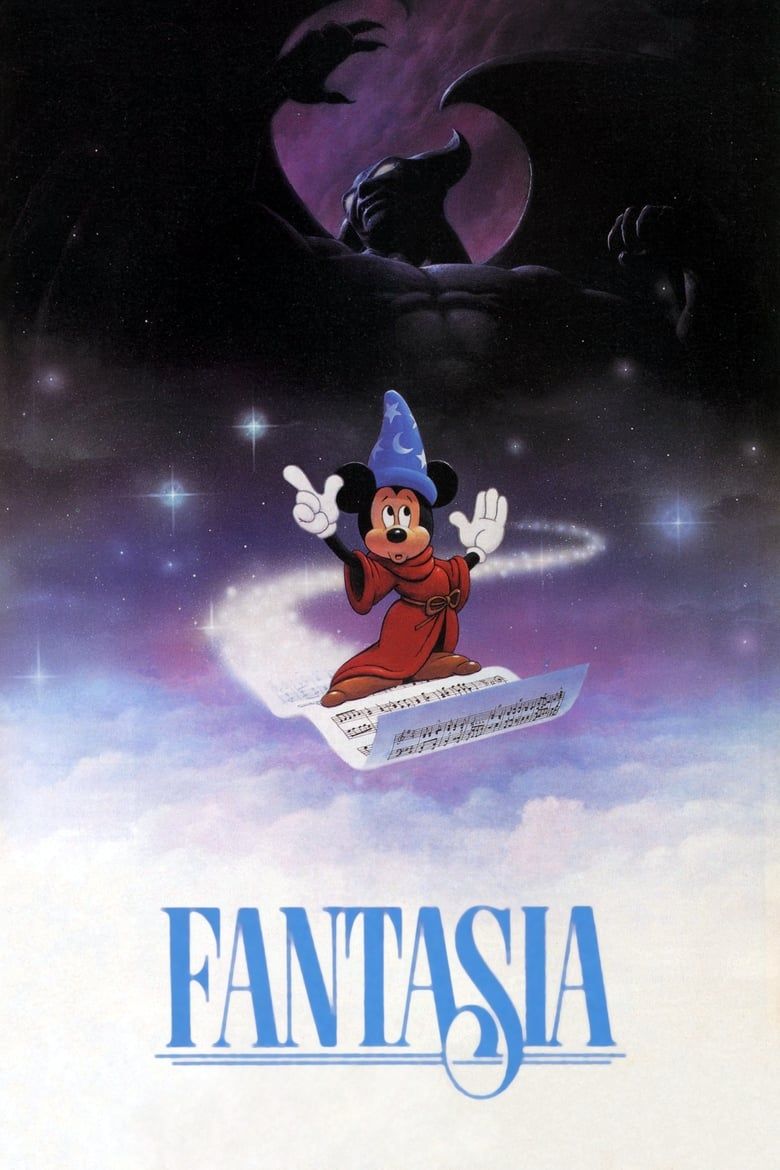
Fantasia
- November 13, 1940
- 124 minutes
- Director
- Ben Sharpsteen, Bill Roberts, David Hand, Hamilton Luske, James Algar, Jim Handley, Norman Ferguson, Paul Satterfield, Samuel Armstrong, T. Hee, Wilfred Jackson
- Writers
- James Algar
- Producers
- Walt Disney

